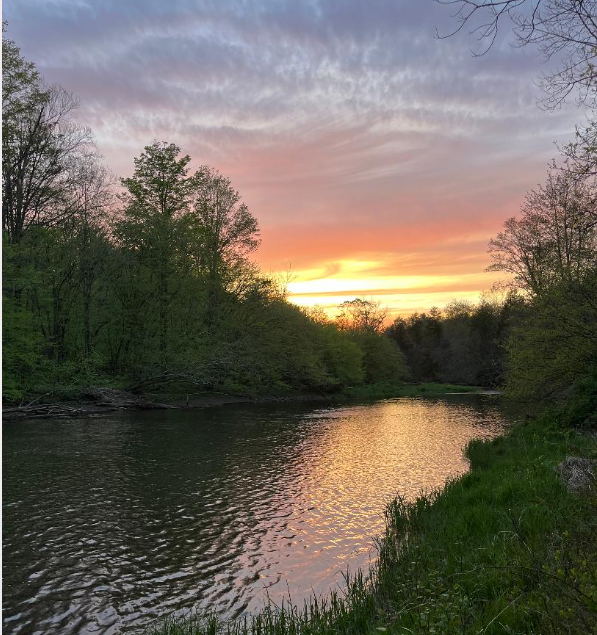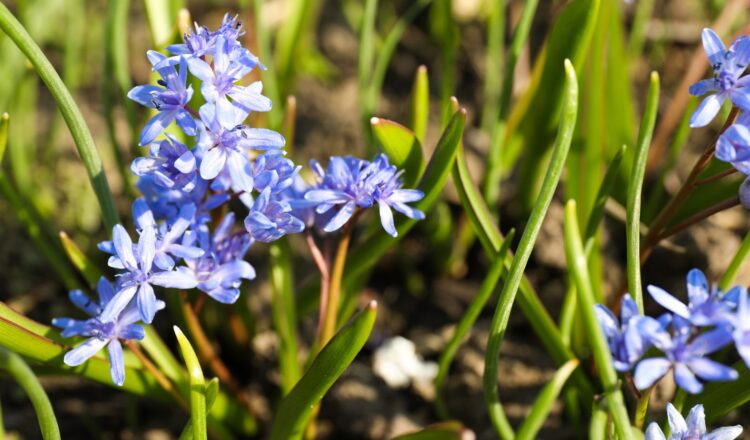By M. L. Wells, Master Gardener Volunteer Cornell Cooperative Extension Allegany County
New times bring new technological devices, new generations, new lifestyles, and gardening is not the exception. We crave the new and different and therefore better. Really?
This recalls many gardeners attracted to the new hybrids: the latest color, size, and number of blooms in different vegetables, flowers, and fruits.
Personally, I admire the heirlooms, those plants that were grown in our gardens for centuries, loved and appreciated, and passed down through the generations.
So, here it is, late September, the time to plant those charming, trouble-free, long-lasting, and self-proliferating spring bulbs.
Many of them have been with us for a very long time. Here are a few, and like a good piece of art, their provenance. I will present them in the order is which they came in from the wild to be cultivated in our gardens.
• Ornithogalum Umbellatum: known to all as the Star of Bethlehem, is easy to grow, and sometimes strays, in gardens since 1593! It came from the eastern Mediterranean but soon settled in more northern gardens. Here it opens its small but many star-like white flowers with green stripes on its backside when the sun is out. On cloudy days, or at night, it closes to sleep.
• Scilla siberica: or Siberian squill, as its name implies, survives a negative 40 degrees Farenheight and carpets dapple shade in a flush of blue in April through May. It was domesticated around 1796 shortly after we severed ties with England.
• Another blue charmer, Chionodoxa, better known as Glory of the Snow, arrived 100 years later in 1788. Whereas the bells of squill hang down, glories open facing bowls of blue with both white centers and anthers.
• Muscari or grape hyacinths showed up around the same time. What’s with these blues? The previous are all small, 4–8 inches high and prefer sun but do well in dapple-shade and woodland settings. The last few lose their leaves by June but the grape hyacinths re-sprout in fall. Deer ignores all four. Plant them about four inches deep in ¬well-drained¬ soil about ¬six inches apart. They will fill the gaps, and they do like nice DRY summers.
• Finally, a newcomer from 1921–Mount Hood daffodil, 16-18 inches high, blooms pale-yellow and fades to ivory. It is a Trumpet daffodil. Set bulbs seven inches deep and six inches apart. They bloom in late April to early May. Leaves die back in late June. Allow them to do this as they are making food for next year.
Enjoy these old-timers and keep history alive!






